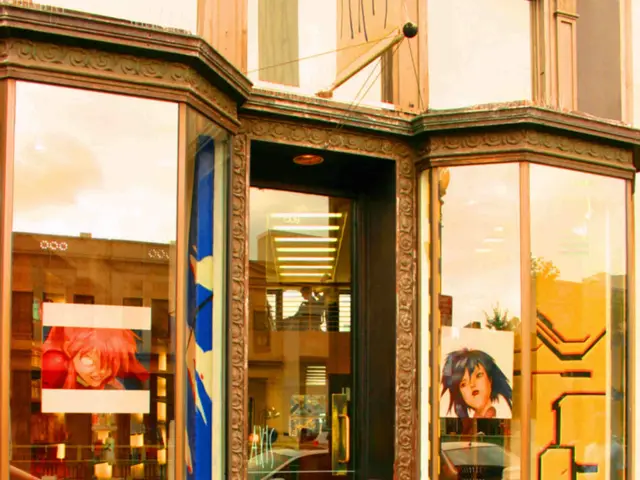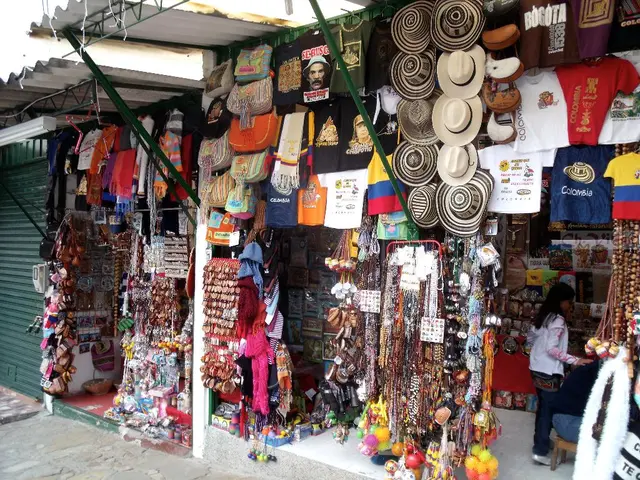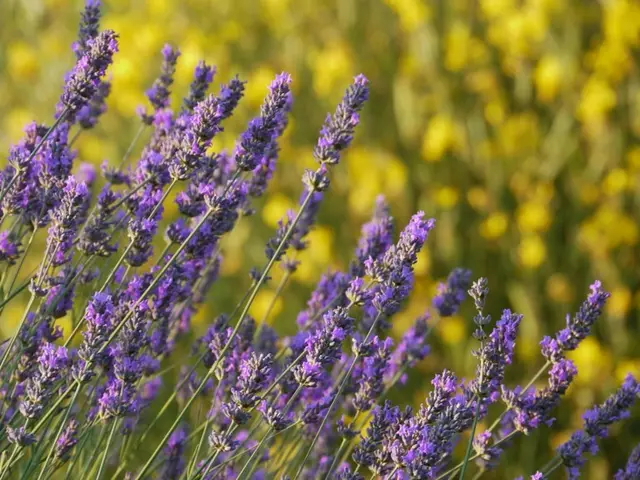Antique Qing Dynasty Vases Acquired for £20 at a UK Thrift Shop garnered $75,000 at Auction.
Tresure Trove in Thrift Store: 18th-Century Qing Dynasty Doucai Lotus and Chrysanthemum Jars
Thrift store shoppers might just stumble upon a hidden gem like an avid collector did in London. The collector, browsing through ceramic pieces, stopped dead in his tracks when he saw two vibrant jars with distinct chrysanthemums and lotus flowers. Little did he know, these jars were worth a fortune.
The jars measured around 4.5 inches tall, featuring a hand-painted Chinese porcelain technique called "doucai". Symbolizing purity, rebirth, longevity, and honor, these motifs were a testament to the artistic brilliance of the Qing Dynasty. Roseberys London, an art auction house, later identified the jars as rare examples of "doucai" lotus and chrysanthemum jars.
Introduced during the Qing Dynasty (1644-1912), doucai porcelain is renowned for its vibrant colors and intricate designs. The technique involves applying blue hues onto the jar before glazing and adding additional colors on top. These jars with their unique designs were, unfortunately, absent from any exact prototype, although a similar pattern was found on Ming-era bowls.
The collector made a lucky discovery when he noticed a royal stamp on the bottom of the jar – a seal belonging to Emperor Qianlong, a ruler of the Qing Dynasty for six decades. This marked the beginning of an exciting journey for the collector, who searched for more information about these hidden gems.
Upon further investigation, specialists at Roseberys London confirmed that the jars were 18th-century Qing Dynasty pieces that could fetch a high price despite minor cosmetic damage. Once auctioned, the jars sold for a record-breaking $74,640.
Although similar doucai lotus and chrysanthemum jars have been auctioned before, with prices as high as $350,000 for a pair with their lids, these finds are still considered rare. Many wonder how such valuable items end up in thrift stores, but expert Bill Forrest of Roseberys London explains that it's not uncommon for specialists to overlook such specialized porcelain in the volume and variety of donations they receive.
As for the thrift store that missed out on the opportunity, the seller decided to donate a significant portion of the profits to the charity that runs the store. So, keep your eyes open next time you're browsing ceramics in a thrift store – you might just stumble upon the next big find!
For those interested in learning more about the Qing Dynasty, take a look at these 44 stunning photos of Qing Dynasty China. Discover how a Qing Dynasty empress brought China into the modern age.
Enrichment Data Adaptation:
The Qing Dynasty art was characterized by a rich cultural and artistic development, with its peak being the doucai porcelain. Known for its intricate designs and distinctive motifs such as lotus and chrysanthemum, the dynasty is synonymous with craftsmanship and artistic expression. Doucai porcelain is believed to represent purity and rebirth, while lotus and chrysanthemum motifs symbolize longevity and honor.
At auctions, the value of Qing Dynasty porcelain can vary significantly based on factors like period, condition, provenance, and rarity. Items with imperial marks or from earlier periods like Kangxi (1662-1722) or Yongzheng (1723-1735) are typically more valuable. Large doucai enamel lotus vases from the Daoguang period (1821-1850) can command high prices, with similar pieces in good condition often selling for well over $100,000 at reputable auction houses like Sotheby's or Christie's. Additionally, documented provenance, authenticity, and minimal restoration all play a crucial role in determining value.
These discoveries in thrift stores remind us that shopping can sometimes lead to unexpected treasure hunting. Next time you're browsing through home-and-garden or lifestyle sections, keep an eye out for deals-and-discounts on rare Chinese porcelain from the Qing Dynasty, as their intricate designs and symbolic motifs could be hiding a worthwhile investment.








